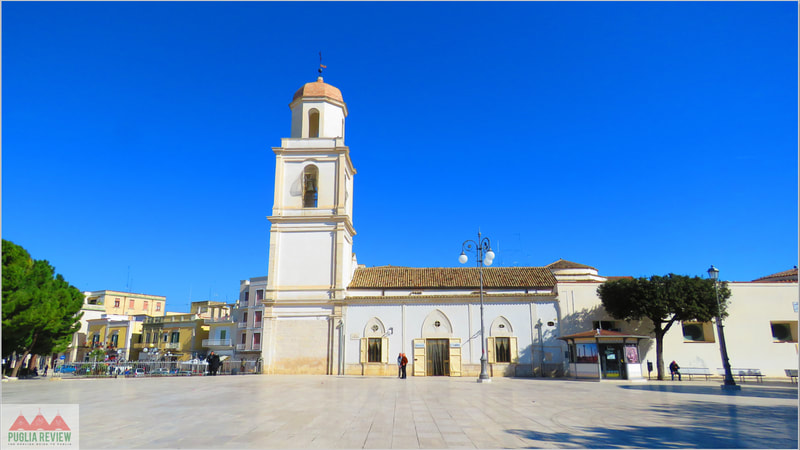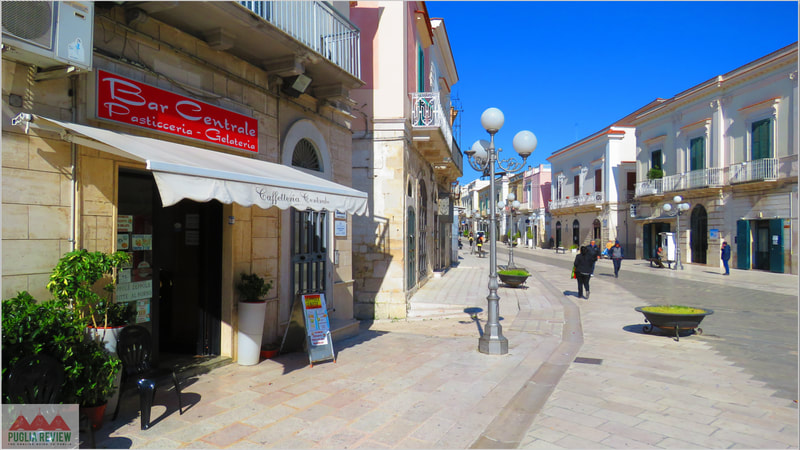Canosa di Puglia
|
By Dion Protani
|
Latest update: 22 November 2023
|
|
The historic town of Canosa di Puglia is situated within the Barletta Andria Trani province and has a population of around 30,000 residents.
It stands at an elevation of 105 metres above sea level while nearby places of interest include Cerignola, Andria, Castel del Monte, Barletta and Trani. |
Related links
Profile
Canosa di Puglia, commonly known as Canosa, is a historic town located in the Apulia region of southern Italy. It is renowned for its rich historical heritage, ancient ruins, and significant archaeological findings.
History
Canosa di Puglia has a long and fascinating history that dates back to ancient times. It was originally an important center of the ancient Daunian civilization, and later, during the Roman era, it became a flourishing municipium known as Canusium.
The town played a crucial role during the wars between Rome and Carthage, and it is said that the famous Roman orator and statesman Cicero once taught in Canosa.
During the early Christian period, Canosa di Puglia became an Episcopal see and was home to several early Christian basilicas and catacombs. The town's strategic location and historical importance led to numerous invasions and conquests over the centuries by various civilizations, including the Goths, Lombards, and Byzantines.
The town played a crucial role during the wars between Rome and Carthage, and it is said that the famous Roman orator and statesman Cicero once taught in Canosa.
During the early Christian period, Canosa di Puglia became an Episcopal see and was home to several early Christian basilicas and catacombs. The town's strategic location and historical importance led to numerous invasions and conquests over the centuries by various civilizations, including the Goths, Lombards, and Byzantines.
Highlights and nearby attractions
- Archeological Park: The Archaeological Park of Canosa di Puglia is a vast area that houses the ruins of ancient Daunian and Roman settlements. Visitors can explore ancient city walls, theaters, and tombs dating back thousands of years.
- Basilica di San Sabino: This ancient church, built in the 6th century, is one of the most important religious sites in Canosa. It features beautiful Byzantine-style mosaics and is said to house the relics of Saint Sabino.
- Hypogeum of Torre di Satriano: This fascinating underground burial complex, dating back to the 4th century BC, is a network of rock-cut tombs and chambers.
- Museo Nazionale Archeologico: The National Archaeological Museum of Canosa di Puglia displays a remarkable collection of artifacts and historical objects excavated from the region.
- Palazzo di Vescovado: A historic building that once served as the Bishop's Palace and now houses the Town Hall.
Comune di Canosa di Puglia
|
Province: Barletta Andria Trani
Region: Puglia Population: 28,422 (source: ISTAT 1 January 2022) Size: 151 km² Elevation: 105 metres Close by: Cerignola, Andria, Castel del Monte, Barletta, Trani Recommended accommodation: Hotel d'Altavilla |























